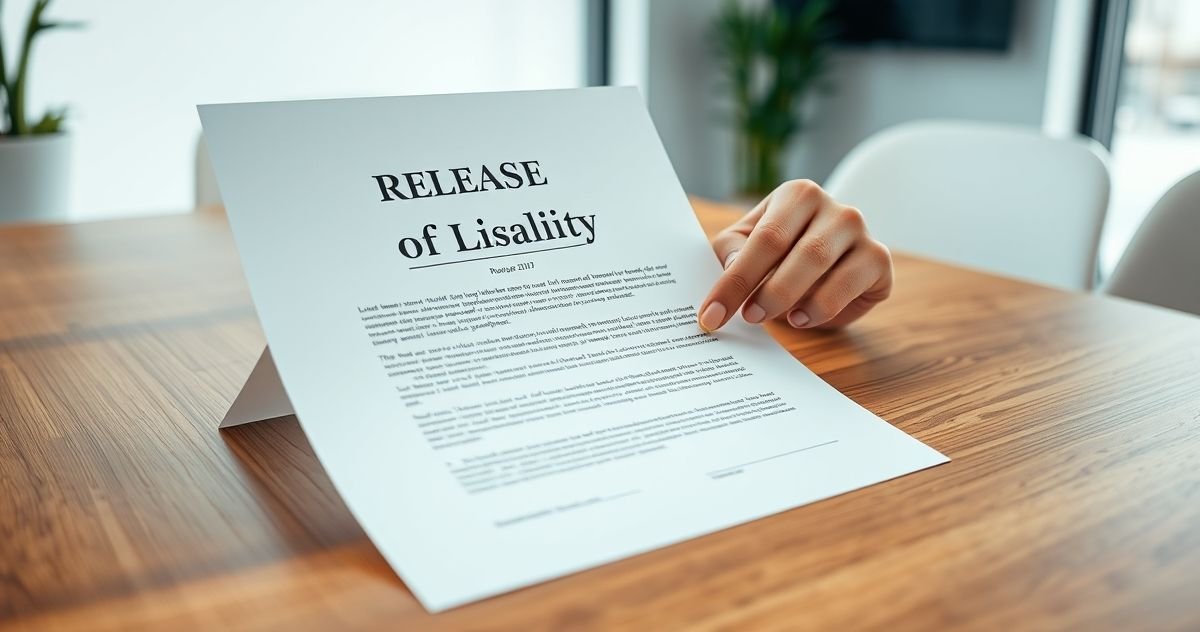When you sell a property with an existing loan, such as a mortgage or a car loan, it’s crucial to ensure you are no longer financially liable for that debt. The key document that accomplishes this is a release of liability, which officially frees you from future payment obligations once the loan is transferred to someone else.
How a Release of Liability Works
A release of liability usually accompanies a process called a loan assumption. In a loan assumption, the buyer applies to the lender to take over the existing loan. This means the lender must approve the new borrower based on their creditworthiness and financial stability.
Upon approval, at the time of sale or closing:
- The buyer signs an assumption agreement, agreeing to be responsible for the loan payments.
- The lender issues a release of liability document to the original borrower, officially removing their obligation.
Having this release protects your credit and financial standing; if the new borrower misses payments or defaults, the lender cannot pursue you for repayment.
Why Getting a Release of Liability Matters
Selling your property without a release of liability can leave you exposed to considerable risk. For example, if you simply transfer the title using a quitclaim deed without involving the lender, the loan remains in your name. You bear the risk if the buyer does not keep up with payments — your credit can suffer, and you may be liable for the debt.
Common Misunderstandings
It is a common misconception that transferring property ownership automatically frees you from the loan. This is false:
- A quitclaim deed only transfers ownership rights but does not affect the loan responsibility Learn more about quitclaim deeds.
- Divorce decrees or private agreements don’t alter your loan contract with the lender.
- Only a formal release of liability from the lender guarantees you are no longer held accountable.
Comparison Table
| Feature | Loan Assumption with Release of Liability | Quitclaim Deed or “Subject-To” Sale |
|---|---|---|
| Debt Responsibility | Transfers fully to new borrower | Remains with original borrower |
| Lender Approval | Required before transfer | Not involved |
| Legal Protection | Original borrower protected | Original borrower exposed |
| Credit Impact | Loan removed from your credit | Loan remains and may damage credit |
Related Terms
Explore related concepts such as Loan Assumption for a deeper understanding of how loans can be transferred between borrowers.
Authoritative Reference
Consumer Financial Protection Bureau explains the importance of mortgage assumptions and the associated release of liability: What is a mortgage assumption?.
In summary, securing a release of liability is essential to protect yourself from ongoing debt obligations after selling property with an assumed loan. Always coordinate with your lender to obtain this document and ensure your financial safety.



